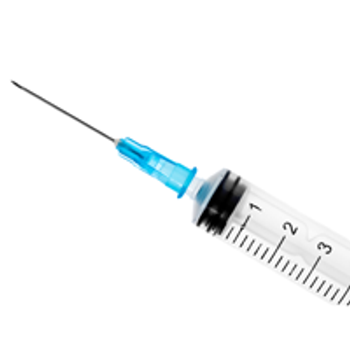
In a preliminary study using a mouse model, researchers found that vagal denervation using Botox or other methods could help slow gastric cancer’s growth.

Your AI-Trained Oncology Knowledge Connection!


In a preliminary study using a mouse model, researchers found that vagal denervation using Botox or other methods could help slow gastric cancer’s growth.
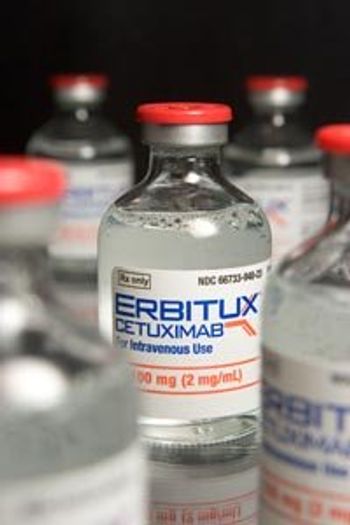
Adding cetuximab (Erbitux) to the standard first-line FOLFIRI chemotherapy regimen results in longer overall survival in metastatic colorectal cancer patients.
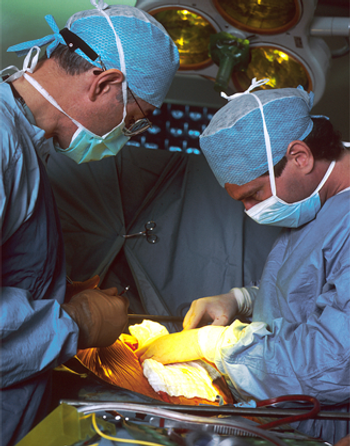
A systematic, best-practice approach to colorectal surgery can decrease the risk of surgical site infections, according to a new study.

Measuring expression of several microRNAs were significantly predictive of complete pathologic response to treatment in patients with esophageal adenocarcinoma.
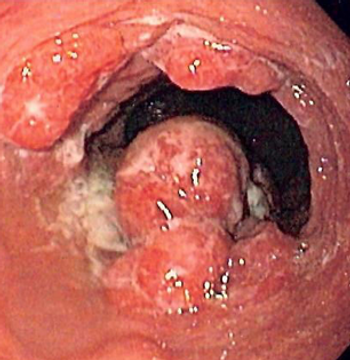
The stage of esophageal adenocarcinomas after neoadjuvant chemotherapy is predictive of outcomes, rather than the stage determined prior to therapy.

This article discusses features that predict local recurrence and distant metastasis in rectal cancer, and how to use MRI to guide treatment decisions.

The authors propose that current policies regarding the use of chemoradiotherapy or short-course preoperative radiotherapy have resulted in an approach to rectal cancer management that often represents overtreatment, with significant loss of quality of life for patients.

Yesterday, the US Food and Drug Administration (FDA) approved the first DNA-based stool sample screening test for colorectal cancer.

A comprehensive analysis of studies and trials suggests the cancer prevention benefits of a daily aspirin for at least 5 years outweigh the potential harms.
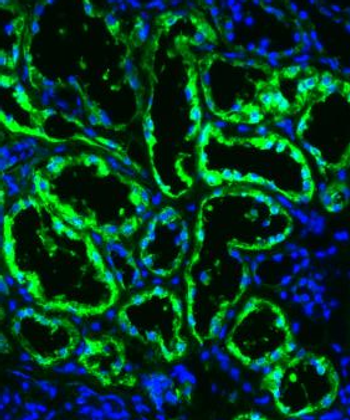
Researchers have identified a key gluconeogenic enzyme, the absence of which in clear cell renal cell carcinoma (RCC) may explain the uncontrolled cell growth present in cancer cells compared with normal kidney cells.

A new study from The Cancer Genome Atlas proposes a new classification of gastric cancers into four genomic subtypes that could eventually yield better treatment paradigms.
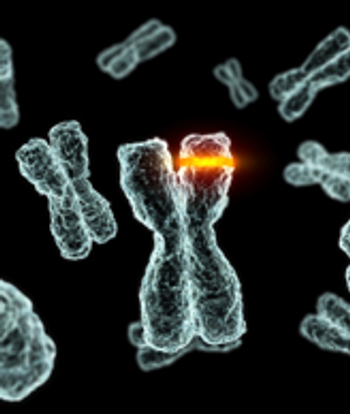
New research has identified specific gene mutations that occur in precancerous esophageal lesions, a finding which was then put into use with a simple non-endoscopic test.

Rectal cancer management is becoming increasingly complex. There is increasing recognition of the potential to avoid routine chemoradiotherapy, as excellent results can be achieved with a more selective approach.

Although the current standard treatment for patients with locally advanced rectal cancer is preoperative chemoradiotherapy followed by total mesorectal excision, concerns have been raised over the functional sequelae and possible overtreatment of rectal cancer patients.

In this article, we review risks and benefits of the standard treatment approach for rectal cancer and compare standard treatment with alternative methods aimed at rectal preservation.

Colorectal cancer patients with higher levels of plasma vitamin D have better survival outcomes, according to a new prospective study.

Age is a prognostic factor for both overall survival and progression-free survival among patients diagnosed with metastatic colorectal cancer, according to the results of a study.

Neoadjuvant chemoradiotherapy did not improve resection rates or survival outcomes in patients with early-stage, locally advanced esophageal cancer.

A new study provides evidence that a daily aspirin may reduce the risk of developing pancreatic cancer.

Consuming more than two servings of fish each week can reduce a person’s risk for recurrence of colorectal cancer, according to the results of a cross-sectional multinational study.
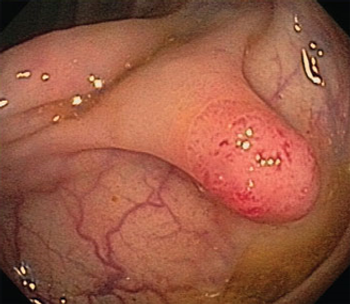
Methods of screening for colorectal cancer are estimated to have prevented between a quarter of a million to a half a million colorectal cancers, according to a recently published study.

Preoperative staging of esophageal cancer with PET/MR is approximately as good as with endoscopic ultrasound, and may improve slightly over ultrasound and PET/CT scans, according to a new study.
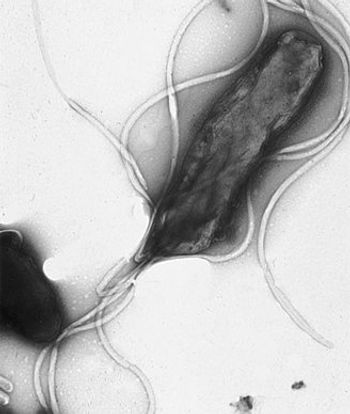
Searching for and eradicating the bacteria Helicobacter pylori could reduce the incidence of gastric cancer in otherwise healthy individuals, especially in Asian populations, according to a new study.

Until anatomic staging and physiologic prediction models improve, induction therapy serves as a useful crutch that can mitigate the weaknesses in both of these important preoperative tasks.

Both esophageal cancer and stomach cancer are aggressive malignancies with contrasting risk factors, histologies, and molecular characteristics-yet for the most part comparable therapeutic approaches.